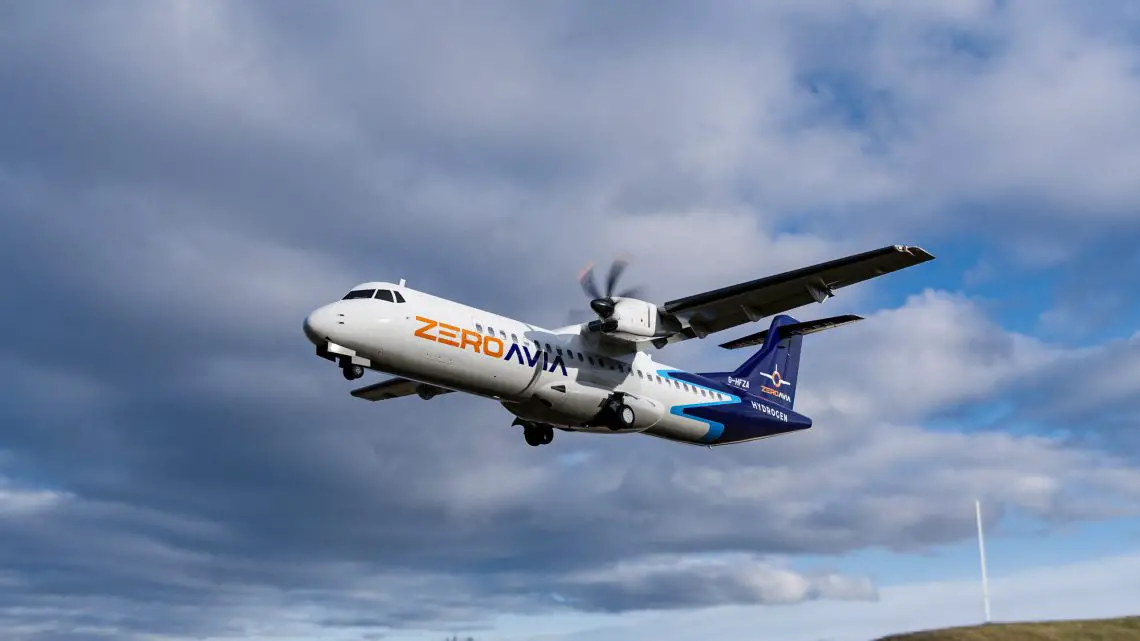
ZeroAvia Secures Nine New Patents to Scale Hydrogen Fuel Cell Technology for Regional Aviation
July 18, 2025Hydrogen fuel cells are starting to make some serious noise in aviation—and a familiar name is leading the charge. ZeroAvia, a trailblazer in zero-emission technology, just snagged nine fresh U.S. patents in 2025. That moves their tally to an impressive 45 patents granted, with another 250 in the pipeline. Yeah, they’re not playing around. Their goal? Taking hydrogen-electric flight from small demos to full-on regional carriers like the ATR and Dash 8. This is all about pushing clean air travel closer to something we can actually board.
From Demos to the Real Deal
Flying a 6-seater on hydrogen is cool, but turning that into a 70-seat workhorse? That’s a whole different ballgame. These latest patents are all about making that leap. We’re talking big strides in fuel cell technology—like rugged high-temp PEM fuel cells, advanced thermal and cryogenic systems, and even a wild new refueling setup that turns waste heat into usable electricity. Every single one of these tackles the pain points—weight, heat, and efficiency—that have kept hydrogen on the tarmac.
And this isn’t just about making engines. ZeroAvia’s clearly thinking bigger—how planes are fueled, how energy is managed on the ground, how multiple systems sync up. It’s that all-in approach that helped them win the USPTO’s Patents for Humanity Green Energy Award. When government agencies start handing out trophies, you know you’re doing something right.
Why This Hits Different Right Now
The push to clean up aviation isn’t new—but it’s picking up real speed. Hydrogen fuel cells are emerging as a front-running solution, not down the road, but now. Regulatory bodies like the FAA and CAA are easing into certifying this tech. Even the big aircraft manufacturers—looking at you, Airbus and Boeing—are rolling out their own hydrogen concepts. There’s a rush happening, and ZeroAvia’s patents aren’t just trophies—they’re tools of the trade.
In plain terms? Tech like this gives them leverage. Airports, airlines, fuel suppliers—everyone involved in aviation’s future now has three choices: partner, license, or build it themselves. ZeroAvia’s well-positioned no matter which path they pick.
The Tech That’s Moving the Needle
So what’s actually in the patent stack that’s getting industry heads to turn?
- ZA2000 Engine: This is the centerpiece—a modular, hydrogen-powered engine that feeds electric power to the output shaft. It’s sized to drop directly into planes like the ATR 72 or Dash-8, making it plug-and-play for regional airline fleets.
- HTPEM Fuel Cells with Nanocoatings: These high-temperature power units pack more punch in a lighter package. Less cooling equipment. More reliability. It’s like upgrading from a flip phone to a smartphone—but for propulsion.
- Thermoelectric Refueling System: Here’s where it gets wild: during refueling, they capture all that excess heat and turn it into electricity. That’s a win at any airport, but a game-changer for small or remote airfields.
Why Everett Is More Than Just a Zip Code
ZeroAvia’s base in Everett, Washington isn’t just about office space—it places them right in the aviation heartland, next door to where Boeing has shaped aerospace for decades. That means access to seasoned engineering minds, aerospace-savvy suppliers, and a local ecosystem built to get birds in the sky. Paired with their UK hub in Kemble, ZeroAvia’s got one foot on each side of the Atlantic and both eyes locked on the future of sustainable energy.
Is the Industry Ready?
Almost. The potential is massive—cleaner flight with up to 90% lower emissions, less noise, and cheaper runs over short-haul routes. But there are still hurdles. We’re talking hydrogen production bottlenecks, gaps in hydrogen infrastructure at airports, a supply chain that still leans a bit too heavily on rare and costly materials, and certifications that have never been done at this scale before.
Still, it’s happening. One of ZeroAvia’s smaller systems—a hydrogen-electric engine built for 20-seat planes—is already in line for certification. Once that door opens, the bigger ZA2000 engines could follow right behind. The industry’s dominoes are starting to line up.
Where It’s All Headed
ZeroAvia’s not launching fireworks—they’re laying foundations. Quietly, strategically, and with a roadmap that spells disruption. When they talk about “unleashing hydrogen for larger aircraft,” it’s not just a tagline. It’s a whole new playbook. More tech is coming, no doubt. But the blueprint’s already inked—and patented.
As major aviation players weigh their next moves, we could soon see the rise of a few dominant tech stacks powering clean flight. ZeroAvia is making its case to be one of them—holding the patents, the partners, and maybe even the keys to the next-gen engine room.
Hydrogen-powered planes might’ve sounded like sci-fi 10 years ago. Now? It’s starting to look like the next chapter in real-world aviation—mapped out, filed, and rolling toward the runway.

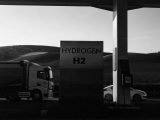
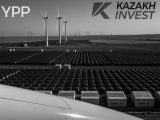
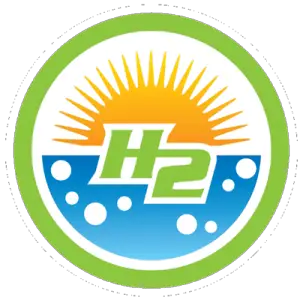 With over 15 years of reporting hydrogen news, we are your premier source for the latest updates and insights in hydrogen and renewable energy.
With over 15 years of reporting hydrogen news, we are your premier source for the latest updates and insights in hydrogen and renewable energy.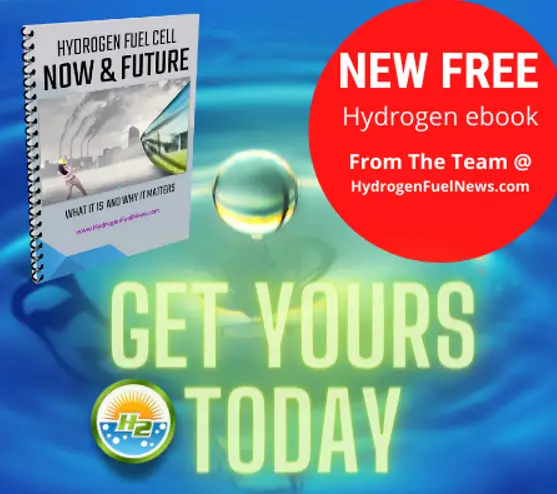
Well-written article. Thanks!